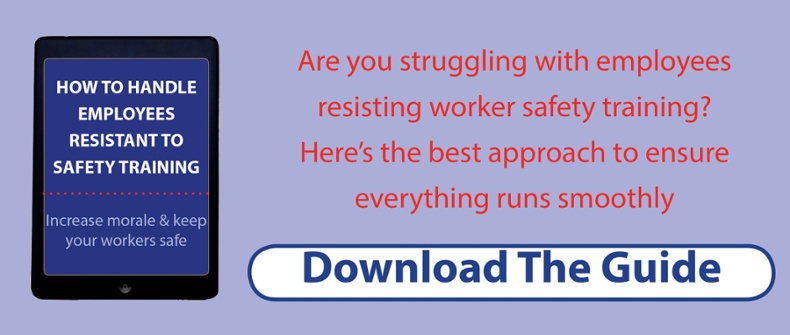
For employees, workplace injuries can cause pain, inconvenience, time off work and (in severe cases) a lifetime of disability and the need for medical care. For employers, they can necessitate the payment of large sums in compensation and (if the injury was caused by the employer's failure to adhere to their duty of care under legislation such as the Health and Safety Act) legal issues. Fortunately, the most common workplace injuries can easily be prevented. Below, you will find an overview of what these injuries are, what causes them, and some strategies for preventing them, with a particular focus on promoting lone worker safety.
What are the most common injuries in the workplace?
Recent government figures from the HSE have shown that the most common injuries in the workplace are sprains and strains, injuries to the neck, back and head and repetitive strain injury. These injuries are very unpleasant, though rarely fatal. When it comes to fatal injuries in the workplace (which affect over 200 people at work, the government's report suggests, every year), the most significant injury was trauma to the head, neck or spine caused by falling from a height. Obviously, there are some industries that will be more dangerous than others. Agriculture remains the industry with the most risk of injury (including fatal injury) with Construction coming a strong second place. Finance and Education were reported to be the safest sectors, which is unsurprising given the nature of these industries.
What are the key causes of these injuries?
The main causes of workplace injuries are totally preventable. Inadequate signage and the failure to remove trip or slip hazards is reason for most trips and slips at work. Handling faulty electrical material and dangerous substances are also very common causes of injuries at work. In top place as a cause of injury, the government found, was manual handling. This activity can cause a variety of injuries, including strains, sprains, damage to hands from RSI and damage to feet when loads are dropped.
The issue of lone worker hazards
These hazards should not be considered to affect the total working population in a homogeneous fashion. As we have already seen, different industries are affected differently, for example, with Agriculture and Transport (and, after it, Construction) bearing the largest share of workplace injuries and fatalities year after year. Another factor to take into account is whether workers are working alone. Hazards can be much more severe for lone workers as help may not arrive in a timely fashion, thus exacerbating the effects of the injury. A simple fall can, if not treated, become something much more debilitating. In addition, lone workers are subject to certain psychological pressures such as stress which are associated with working alone. As such, it is crucial to implement solutions that are specifically targeted at keeping lone workers safe.
Strategies for combating lone worker hazards
Healthy and Safety managers in any sector should keep themselves apprised of the main strategies for keeping lone workers safe. That means that when those annual audits from the HSE and NQA come around, managers can feel confident that they are offering an excellent level of care to all of their workers. Below are three popular ways to promote lone worker safety, with an explanation of the pros and cons of each.
1. Manual checks
This form of remote monitoring can be arduous as it involves a designated employee checking in on lone workers (usually by phone) on a regular basis. This type of lone worker monitoring can help to alleviate the stress and isolation that lone workers feel, as they know that they will be able to check in with another human being once an hour (or whenever the relevant interval is). However, if no automatic monitoring or alert system is in place, a manual checking system can leave lone workers vulnerable to certain incidents. For example, if an injury occurs right after a manual check has been completed, a lone worker may need to wait until the next manual check in order to get help.
2. Automatic monitoring and alert systems
A real time remote system for monitoring lone workers and raising the alarm if an injury or other incident occurs is usually preferable to a solely manual checking system as it offers more immediate support. However, these systems ought not to exist in isolation, as adequate training is needed to ensure not only that lone workers themselves know how to use their monitoring equipment and how to spot and avoid hazards, but also that managers are aware of lone worker hazards and how to reduce or eliminate them.
3. Training
Health and safety training for all workers, lone workers and managers included, is absolutely essential to ensure workplace safety. One problem that managers may have, though, is getting workers to adhere to health and safety policies and ensuring that all workers understand the importance of following health and safety guidelines.





